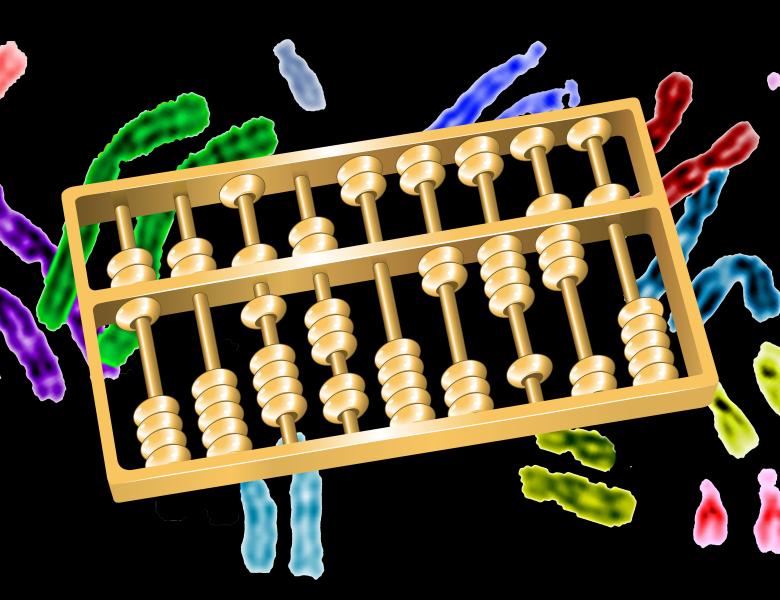Tumor DNA carries numerous alterations, including somatic point mutations, amplifications, and deletions. It is challenging to identify the disease-causing alterations from the plethora of random ones, and to delineate their functional relations and involvement in common pathways.
One solution for this task involves analysis of mutual exclusivity patterns of gene alterations in tumor data. On the one hand, this is inspired by the observation that genes from the same cancer pathway tend not to be altered together in each patient, and thus form patterns of mutually exclusive alterations across patients. Mutual exclusivity may arise, because alteration of only one pathway component is sufficient to deregulate the entire process. Detecting and evaluating statistical significance of such patterns is an important step in de novo identification of cancerous pathways and potential treatment targets.
Another reason for mutual exclusivity of two gene mutations is that they are in a synthetic lethal interaction. Synthetic lethality occurs when the co-inactivation of two genes results in cellular death, while inactivation
of each individual gene is viable. Synthetic lethality can be exploited in cancer therapy. For cancer patients, one inactivation already occurs via the endogenous mutation of a specific gene in the tumor cells, and not in the normal cells. Thus, applying a drug that targets the synthetic lethal partner of that gene will selectively kill cancer cells, leaving the rest viable.
In this talk, I will first present our probabilistic, generative model of mutually exclusive patterns accounting for observation errors, with efficient algorithms for parameter estimation and pattern ranking, together with a statistical test for mutual exclusivity. Second, I will present our previous and current methods for detecting synthetic lethality from tumor genomic data.
